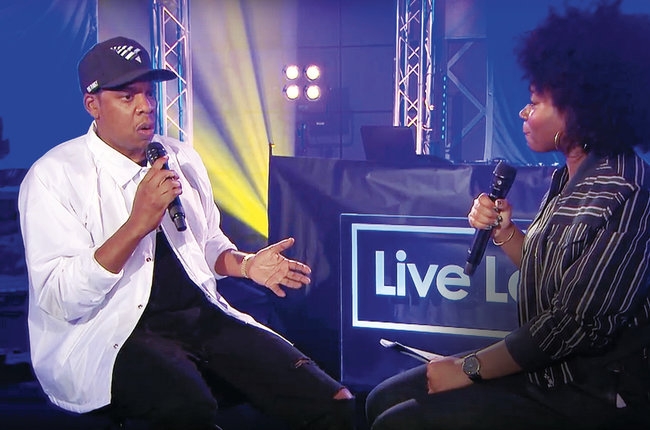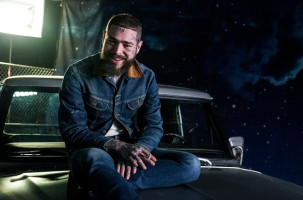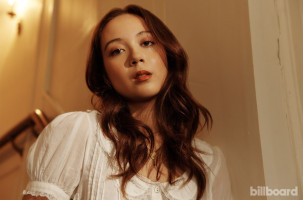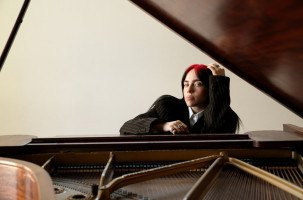"Someone once said the BBC is there to make hits. Everybody else is there to play them," says BBC radio director Bob Shennan, who runs operations for the United Kingdom's two most popular stations, top 40 network Radio 1 and adult contemporary Radio 2. "I don't think that has ever been more important than it is today."
Together, the two stations -- which jointly celebrate their 50th anniversary on Sept. 30 -- attract nearly 25 million weekly listeners, or 45 percent of the U.K. population age 15 and older, according to figures from Radio Joint Audience Research.
“They’re the people that are really picking the next big things of the future,” says Damian Christian, director of promotions at Atlantic Records U.K., crediting Radio 1 and sister network Radio 2 with helping break new music from Anne-Marie, Twenty One Pilots and Clean Bandit in 2017. The stations' backing also played an important role in campaigns for Warner’s big-hitters Bruno Mars, Ed Sheeran and Paramore, Christian adds, noting that when Radio 1’s 45-song weekly playlist (split into A, B and C lists) is published every Tuesday, “The music industry stops still to see what’s gone on and off.”
Nevertheless, both networks are now facing unprecedented challenges from digital music services, with Shennan identifying “global players like Apple or Spotify" as “the most impactful interventions into our world.” In 2015, Apple poached 12-year BBC veteran Zane Lowe to run its Beats 1 radio stations.
In response, Radio 1 has upped its digital presence with Spotify playlists and performances from its Live Lounge -- which hosted JAY-Z on Sept. 22, and has welcomed the likes of Taylor Swift, Adele and Coldplay in the past -- posted to its YouTube channel and its 4.7 million subscribers. Those videos also make their way to Radio 1's Facebook page, where they average 80 million monthly views, while the company maintains a combined social media reach of 9.2 million people, according to the BBC. “We have been able to raise the bar by thinking bigger and connecting with audiences in digital spaces in a way that a linear radio station simply cannot,” adds Shennan.
The growth in digital music services also brings its own rewards, he says, pointing to the increasingly-vital curatorial role that taste maker specialist DJs like Annie Mac and Huw Stephens on Radio 1 and Jo Whiley on Radio 2 have cultivated by introducing new artists to mainstream audiences. “The more ways that people have to consume music, the more important somewhere like Radio 1 becomes as a trusted guide that people can turn to,” Shennan says.
“As a curator of what’s new and good across all genres of music, Radio 1 is unparalleled in the whole world,” says Mumford & Sons manager Adam Tudhope, who credits the station with providing an early launch pad for the band’s domestic, and then international, ascent. “Who else would take a risk on a band whose central instrument was the banjo?”
This article originally appeared in the Oct. 7 issue of Billboard.








